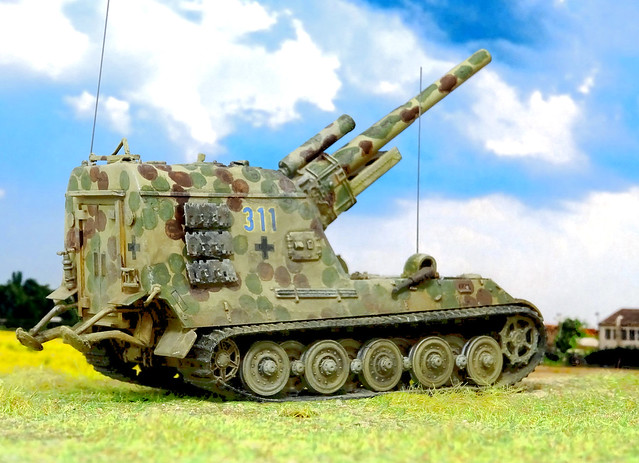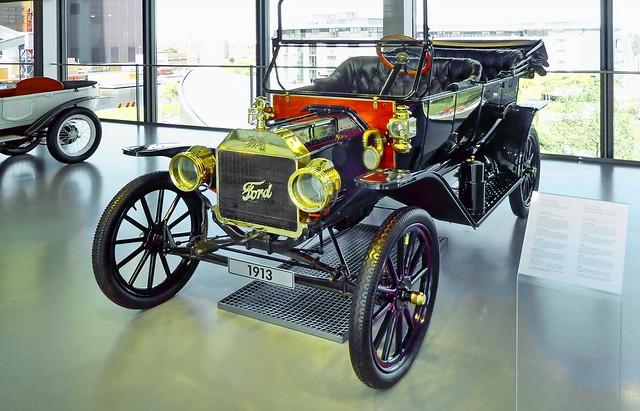
Embedded Microprocessor
Embedded microprocessors are found in many machines and products. They don’t have to do hard calculations or be extremely fast, and they can be inexpensive per-unit. Companies such as U.K.-based ARC Cores and Santa Clara, California-based Tensilica license embedded microprocessor cores that are highly customizable.
An embedded microprocessor is a CPU chip used in gadgets that aren’t general-purpose laptop, PC or computer chips. These processors are also known as microcontrollers and system on a chip (SoC).
Embedded processors are highly customizable
Embedded processors are highly customizable, allowing designers to implement the exact functionality they need in their devices. This makes them ideal for emerging Internet of Things applications. They are also smaller, more efficient and consume less power than a general-purpose computer microprocessor. This makes them an excellent choice for use in a variety of electronic devices, including GPS receivers, MP3 players, digital cameras, television sets, printers, automotive systems and more.
Unlike PC microprocessors, embedded processors typically do not come with built-in memory. This is because they are designed to be used in systems with very long production runs and must be able to operate continuously for extended periods of time without failing. For example, cash machines are often based on an embedded processor because they need to be able to run for years without failure.
The performance range of a typical embedded processor is far wider than that of a PC microprocessor, with many models capable of running at over 1 GHz. While this wide performance range may be an advantage, it also presents challenges. Several factors contribute linear voltage regulator circuit to this, including the complexity of software development and system debugging. Despite these challenges, embedded processors can offer significant advantages in terms of scalability, security and power efficiency. To make this possible, embedded processors are typically implemented using a system-on-chip (SoC) architecture, which includes a CPU and a memory management unit.
They are low power
Embedded processors are small and use low power, making them suitable for devices with limited space or battery life. They are also designed to be reliable and operate for a long time. Some examples of embedded processors are smartphones, TVs and washing machines. Some manufacturers also employ them to control aircraft systems and industrial machinery.
A typical microcontroller contains a microprocessor, memory, and input/output functions. It performs the basic computing tasks like a general purpose processor, such as fetching and decoding data, executing instructions, and processing the results. It can also perform arithmetic operations like add, subtract, multiply, and divide, as well as logical operations such as not, or and and comparisons such as greater than, less than, or equal to.
The microprocessor inside an embedded system typically does not have a full instruction set, and the internal hardware is specialized for its particular application. This can significantly reduce the amount of power that it consumes compared to a general purpose processor. It is possible to increase the performance of an embedded CPU while decreasing its power consumption, but this requires careful planning and consideration of the entire system design.
Choosing the right CPU or SoC for your system depends on several factors, including its raw processing speed, memory capabilities, and power draw. Software developers will want to make sure that the CPU or SoC has the performance that their software needs. They should also ensure that it is compatible with the development tools they are using and the operating system that they will be using.
They are efficient
Embedded microprocessors are used in a wide variety of devices, including smartphones and tablets, televisions, microwave ovens, and automotive and military hardware. They are designed to meet specific functional requirements, such as providing a high level of reliability or low power consumption. They are also able to run a limited number of instructions, making them more efficient than a general computer processor.
Often, embedded processors are hand-me-downs from the desktop market – chips that might be obsolete for a PC but still adequate for less demanding tasks. For example, the 8-bit microprocessors that powered the TRS-80 and Apple II computers still outsell the latest 32-bit models. In other cases, the designer begins with a basic microcontroller and adds features that are specific to the device he’s designing. For example, he might include controllers for charge-coupled device chips or Ethernet interfaces. He then takes the design to a foundry – a chip factory – that will manufacture the chips.
The embedded processors need to be very reliable, because failure can cause a wider system function or an app to fail. In addition, embedded processors must be able to respond in a microsecond to critical events – like a car driver stomping on the brake pedal. This requires a real-time operating system that can be programmed to handle these events.
They are small
Embedded processors are very small and can be used in many different types of devices. They are also used to design Cyber-Physical Systems, which are computer systems that interact with the real world. For example, an embedded system can control a robot or an autonomous car. These systems are very different from general computers, because they have to operate in real-time. A delay could lead to a dangerous situation, so the system must be designed with safety in mind.
Unlike PC processors, embedded microprocessors don’t need to be as powerful or have as many input/output functions. This is because they are designed to operate as part of a device, and Clock Buffers component they have a much smaller footprint than a PC chip. They can also use less power and require less memory.
An embedded microprocessor system consists of the processor, memory, and communication ports. These are connected to each other by a bus, which is a single wire that sends data and instructions from the main memory to other components in the device. The information is then interpreted by the microprocessor.
Embedded processors come in a variety of shapes, sizes, and performance levels. Some are designed for deterministic real-time computing, while others are optimized for cost and energy efficiency. A CPU’s architecture and chip design are important to consider when choosing an embedded processor. Software designers and experts should also consider how the CPU will work with their system’s software.


